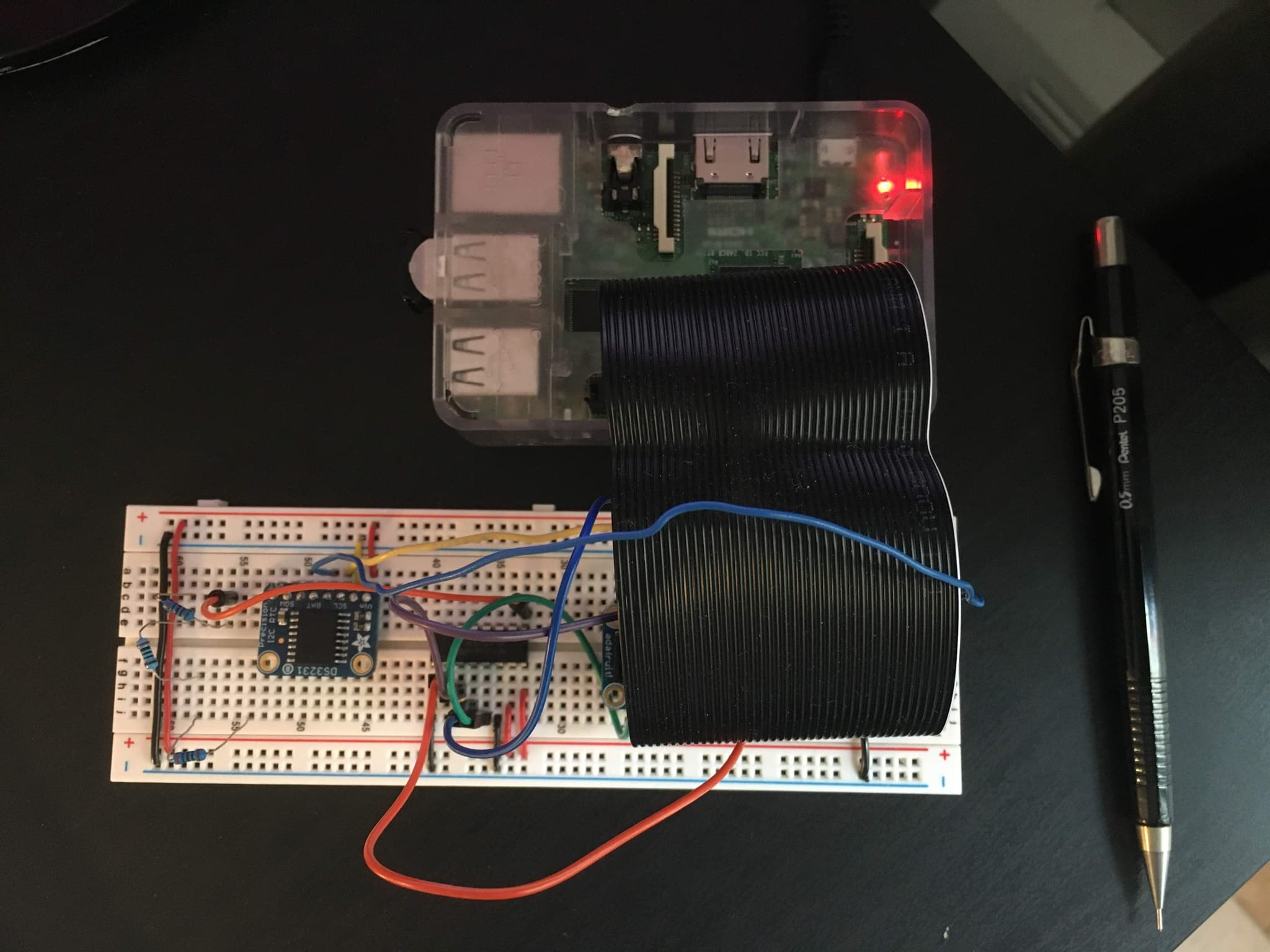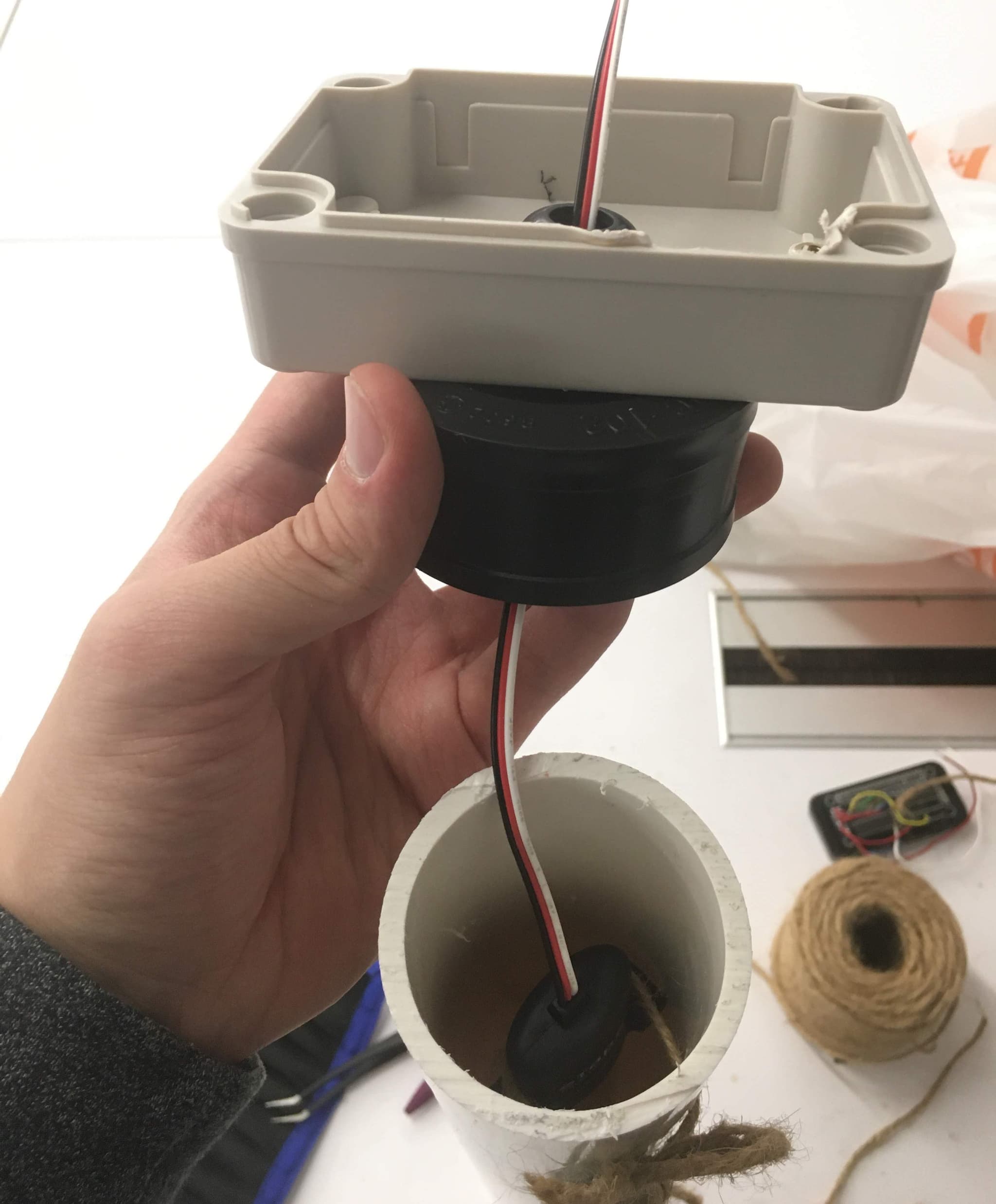Urban Flood Monitor

"How can we use IoT technology to improve public health in urban environments?
Overview
In 2019, I worked with a research group at NYU to study how flooding impacts the microbial communities of urban environments - in this case, the Gowanus neighborhood in Brooklyn, which experiences frequent flooding due to events like sewage overflow, resulting in contaminated waters. See article on the project here.
Role
My role in this project was to design and prototype a flood monitor to detect and record values such as date, time, flood depth, etc. Using the collected information, we could begin to improve public health in that area. At the end of the project, I published a comprehensive tutorial and documentation on Instructables, detailing my process for this entire project. See the publication below!
FUNCTIONALITY

A display of the flood monitor's inner workings for demonstration purposes
So what does this actually do?
1. Data Collection
When this device is deployed in the Gowanus, it will constantly be collecting flood data, and flood data only. Sensors on the device will record four things: time, date, voltage, and resistance. This data is logged to a csv file and stored on the pi's SD card.
2. Data Transfer
Every 15 seconds, the pi will upload the recorded values to an IoT platform called Thingspeak. Thingspeak is an amazing service that can connect different apps and other things (more info in publication!). In this project, I use it to visualize the outputted values in the form of a graph.
3. Notification
Another powerful feature of Thingspeak is its ability to connect other apps and services to your channel. I created a Twitter account dedicated to this project and linked it to Thingspeak to create a twitter bot. So, for instance, if the resistance is less than 2000 Ω, the bot will send out a tweet with something like "it's flooding! depth is around 2 inches."
Process

The circuit laid out on a breadboard with a Raspberry Pi

Circuit connected to the flood sensor for testing purposes

Soldering work to minify the circuit

New minified circuit with Pi Zero and header

Building the enclosure for the flood monitor

Housing the circuit in a water-proof enclosure

Finished enclosure

Finished enclosure, deployed in Gowanus

Sending flood notifications through Twitter bot